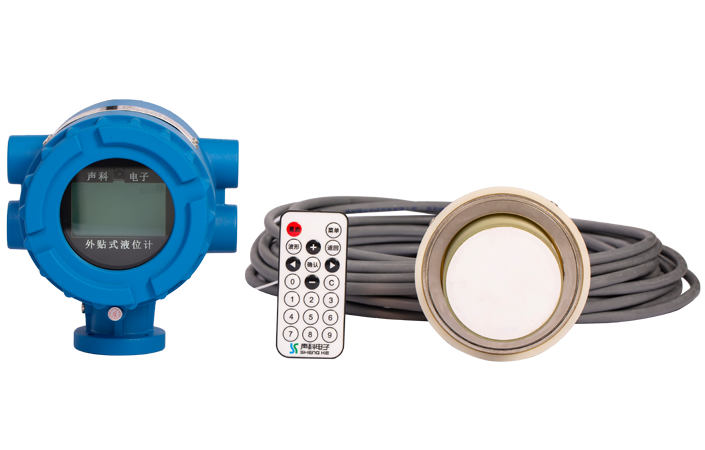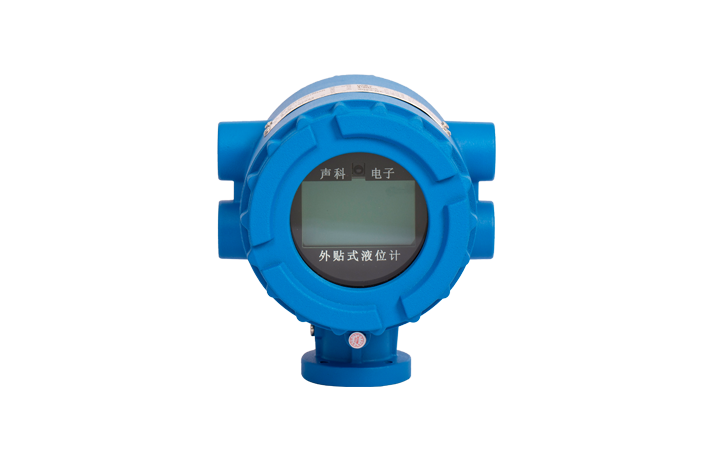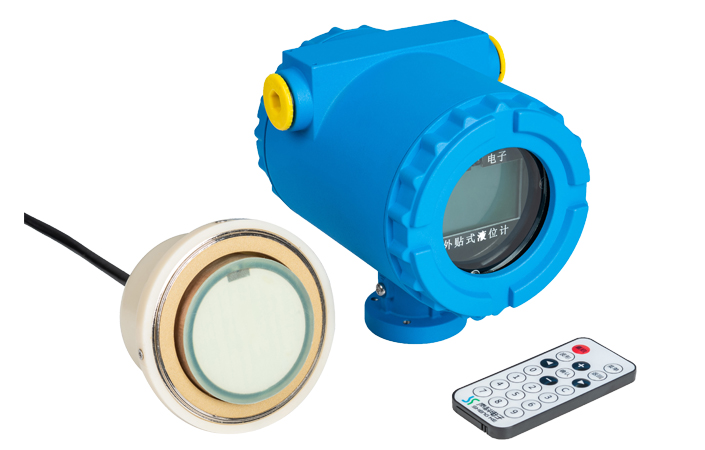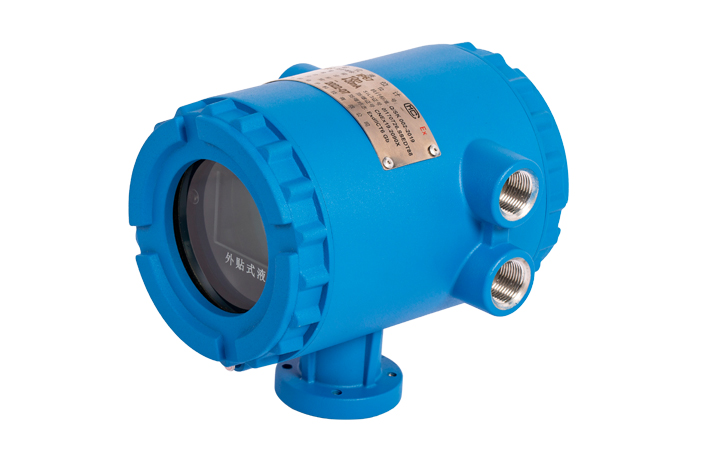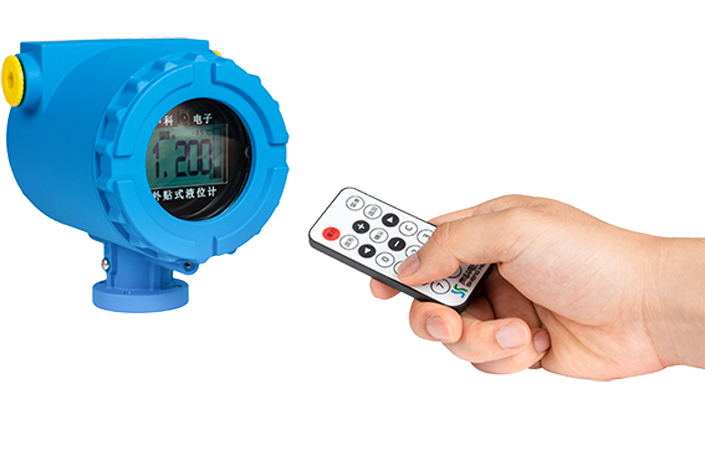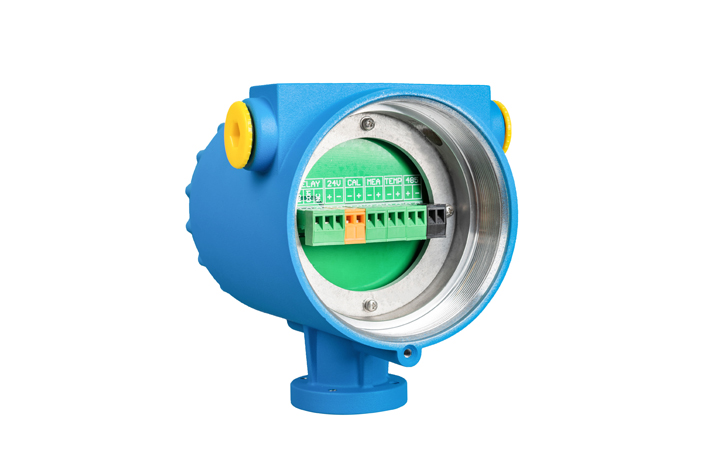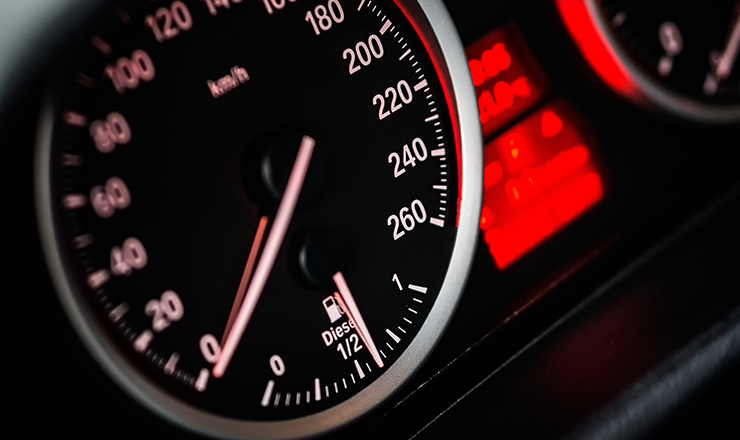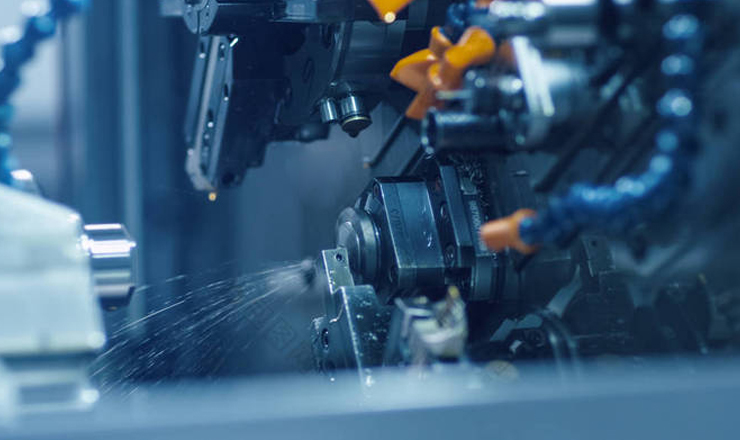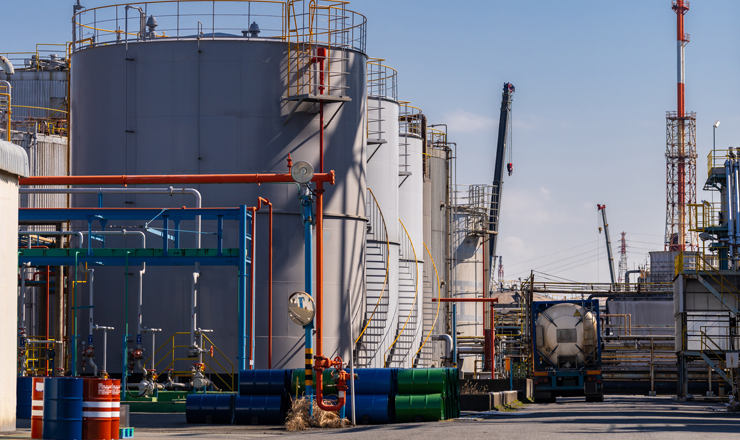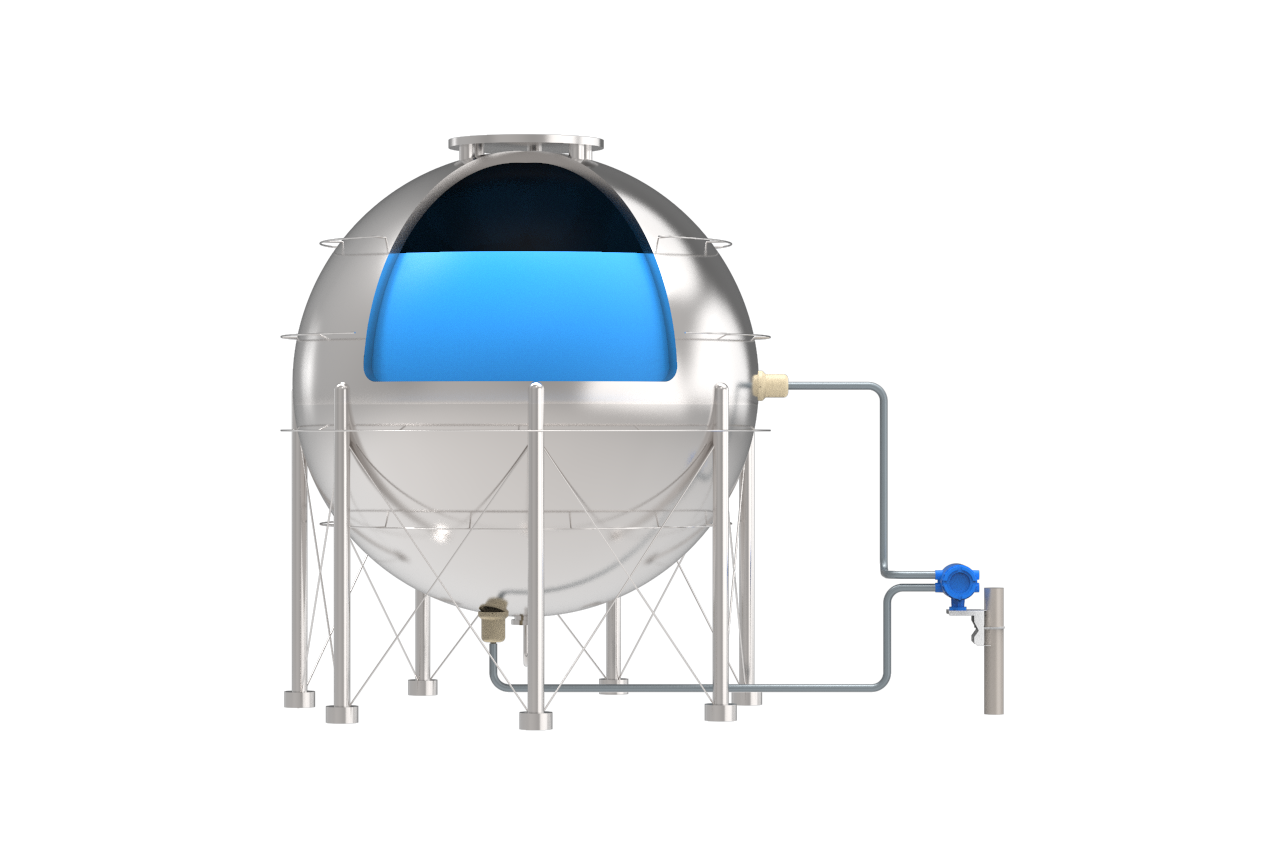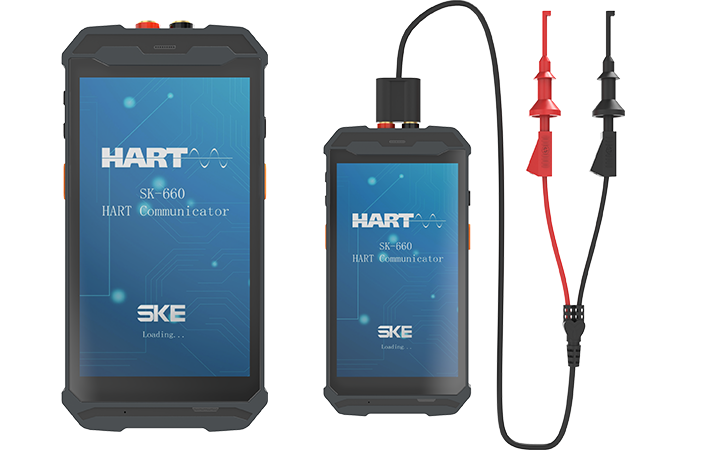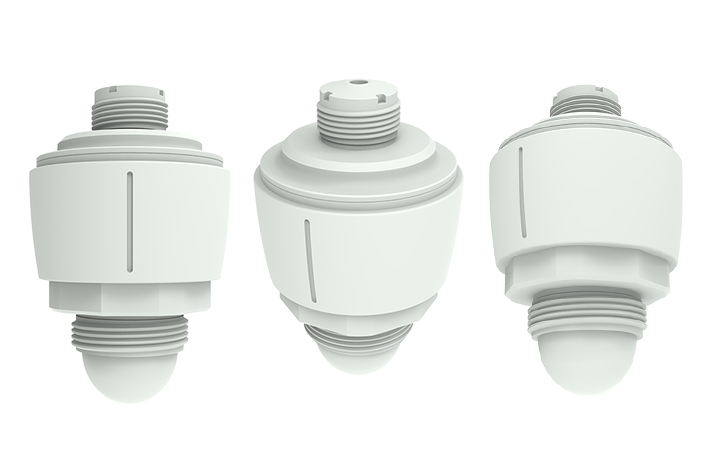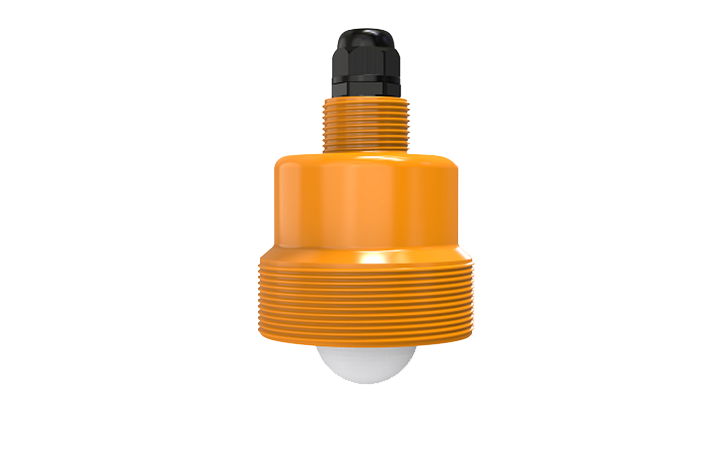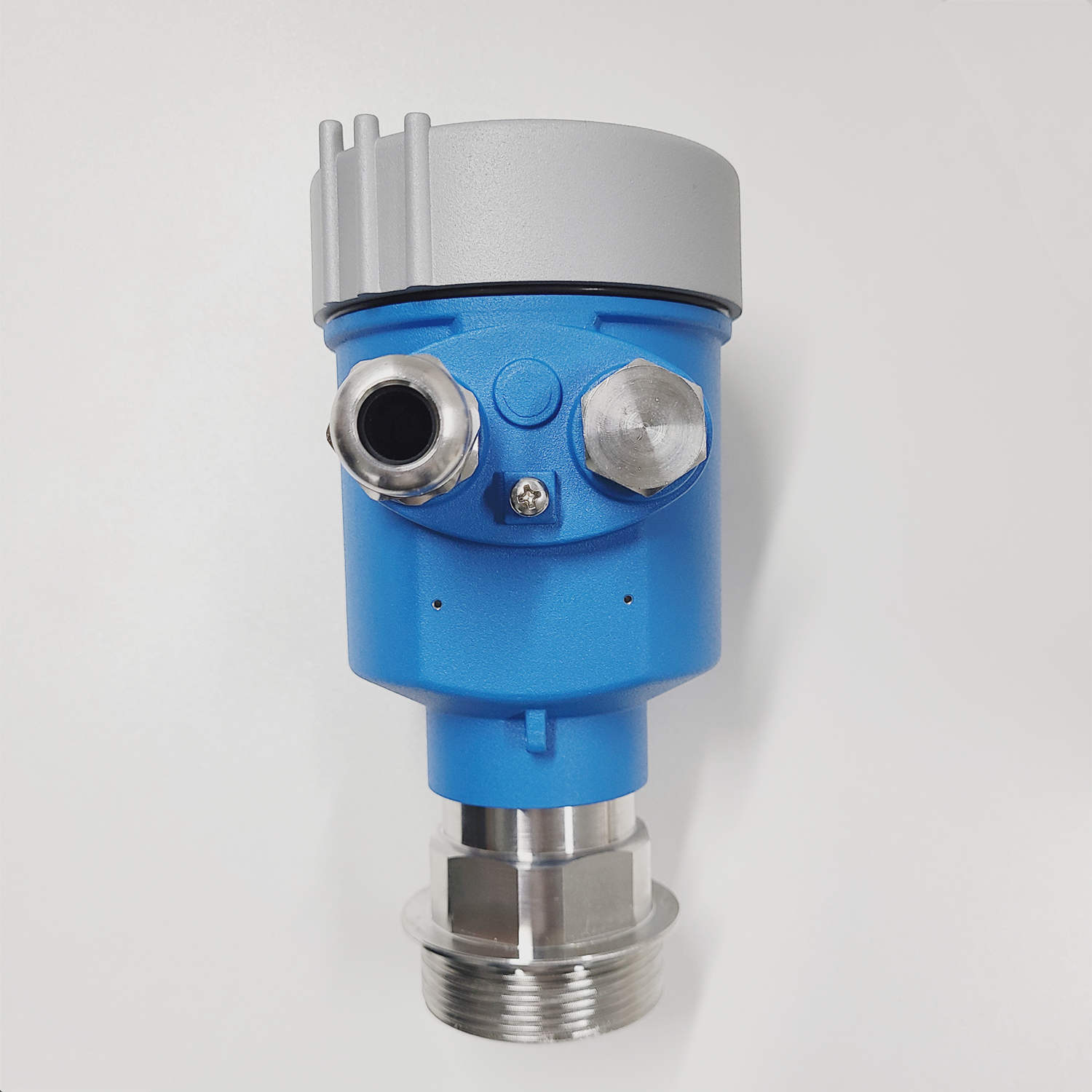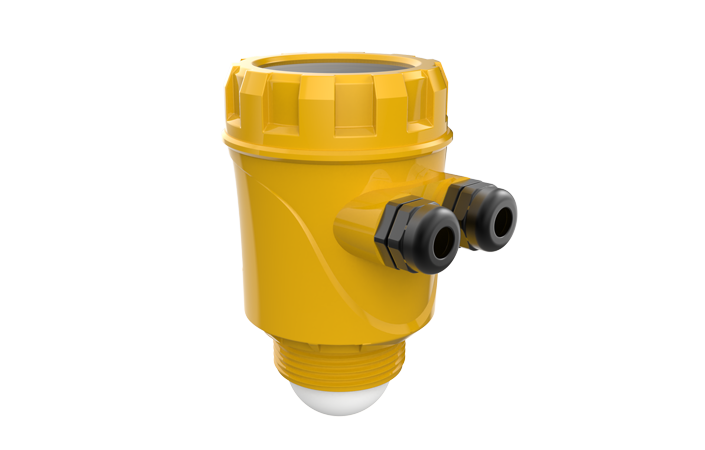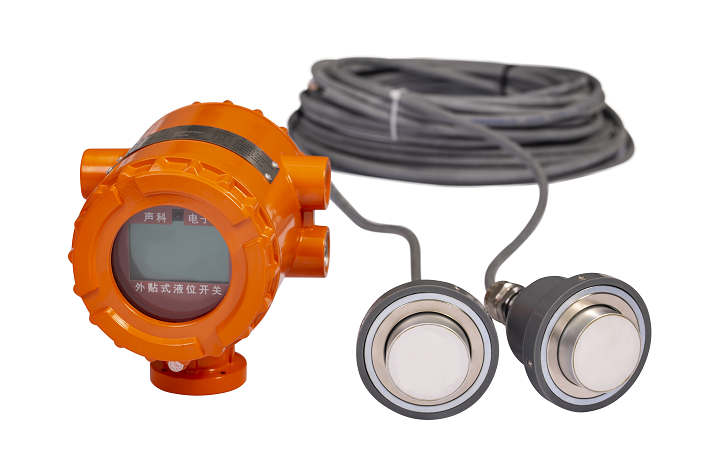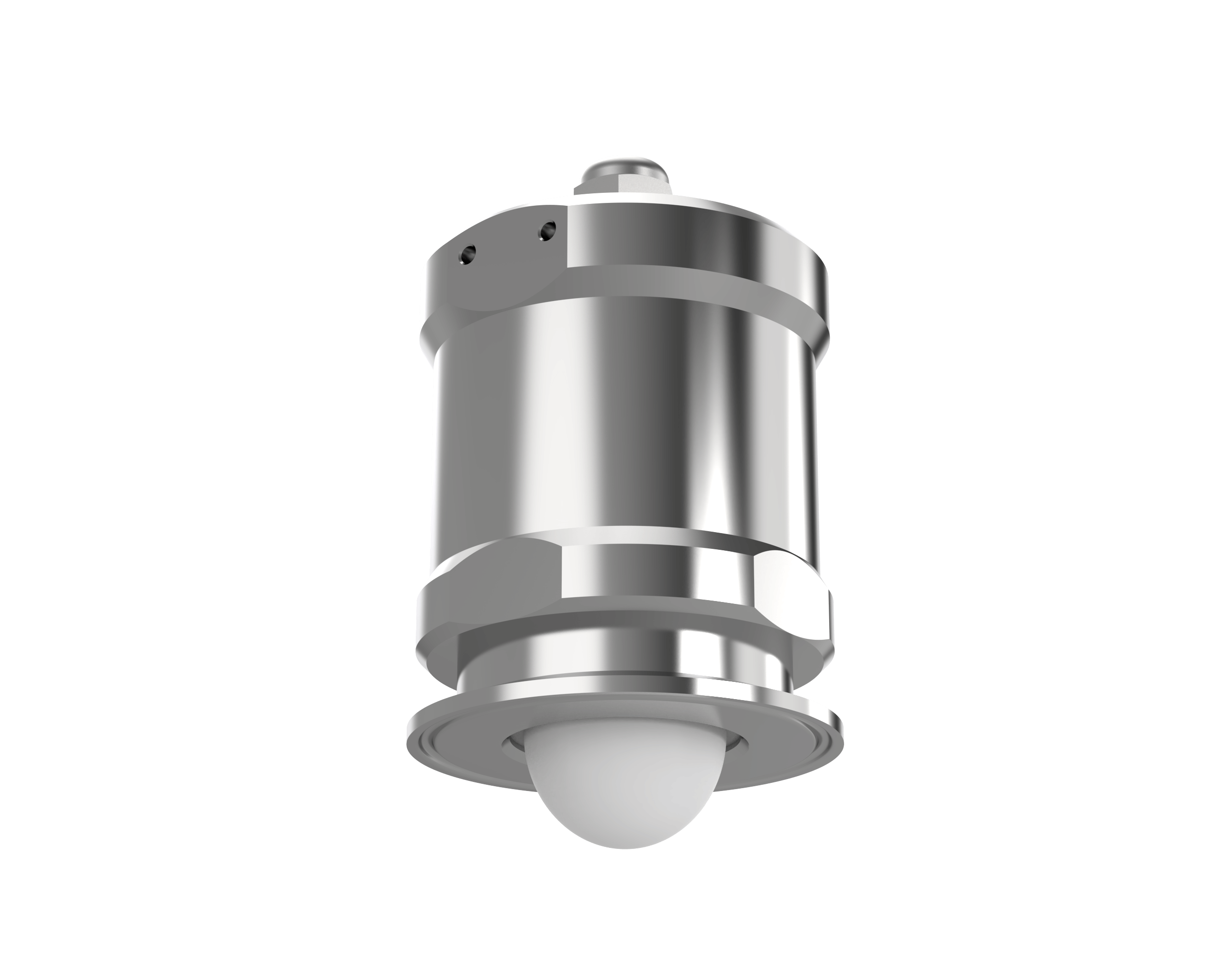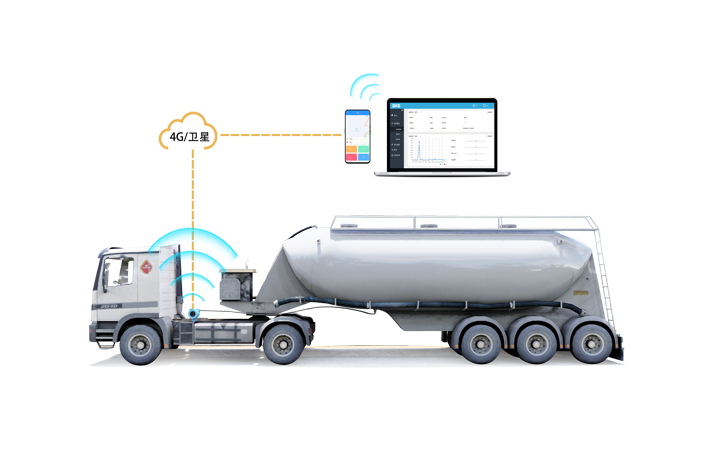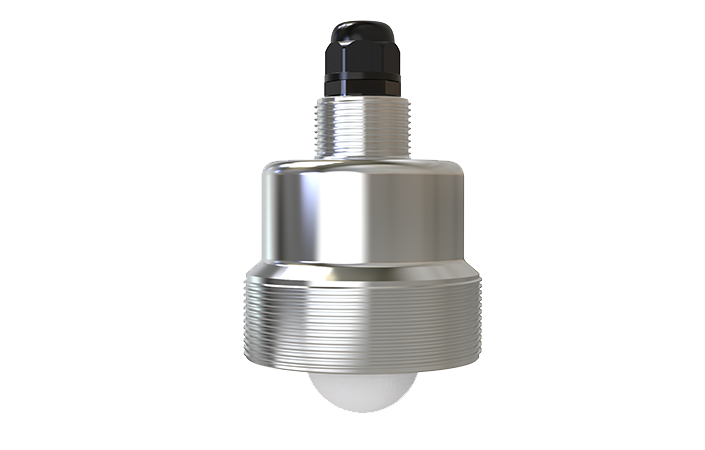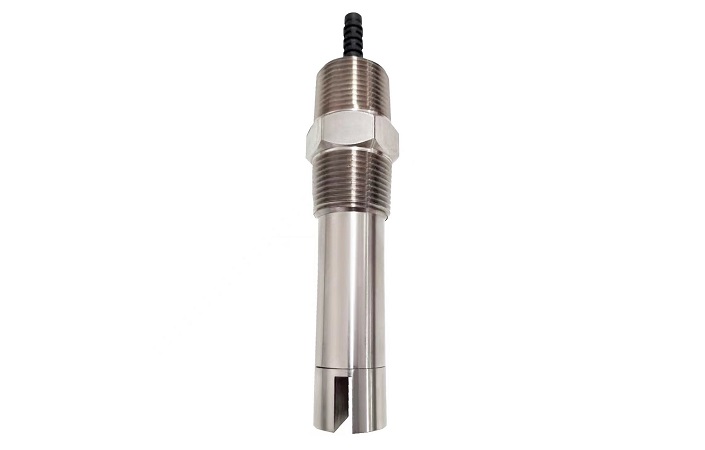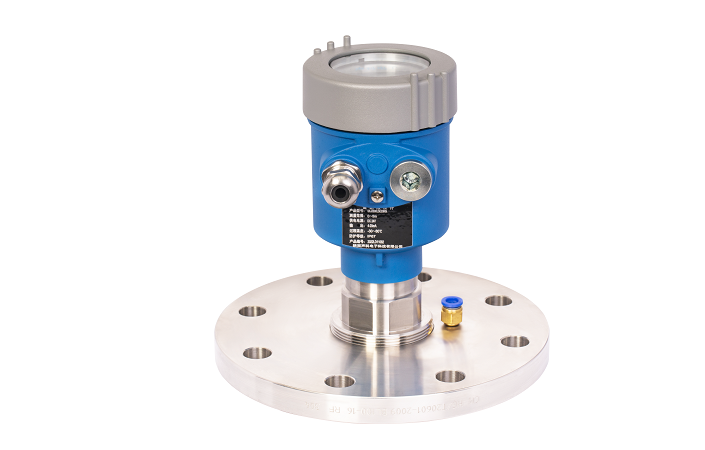Show more
-
Non-invasive ultrasonic level gauge for Chlorine storage tank
Level and point level measurement in Chlorine storage tanks
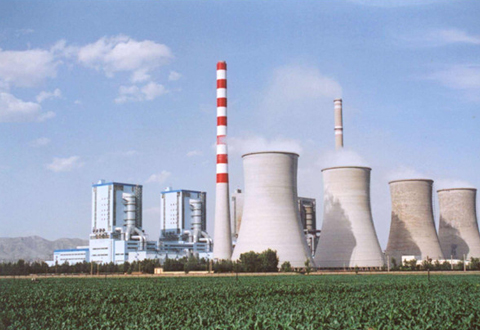
-
Radar Level Transmitter in Storage Tank
Level and point level measurement in small storage and buffer containers
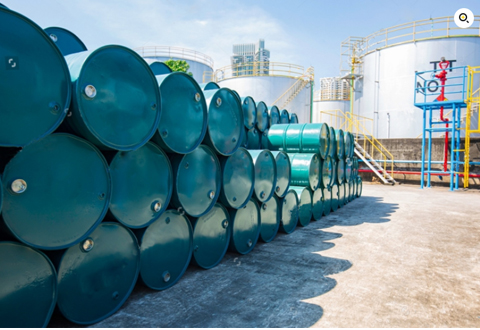
Show more
-
Mo source storage tank
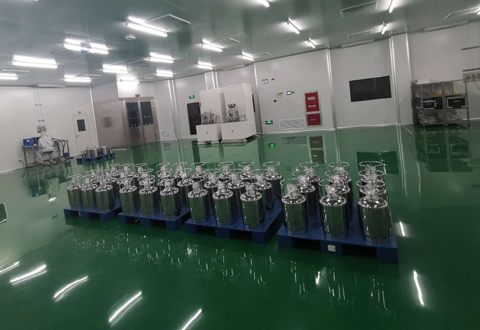
Show more
-
Liquid waste buffer tank
Level and point level measurement in buffer tanks for liquid waste
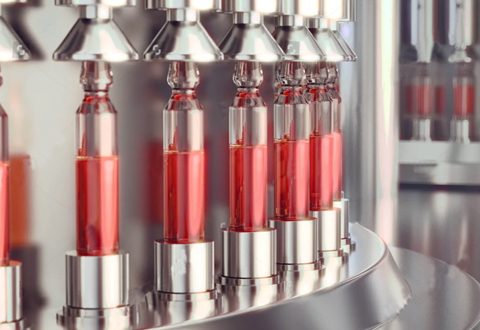
Show more
-
Storage Tanks for Liquids
Level and point level measurement in storage tanks for liquids
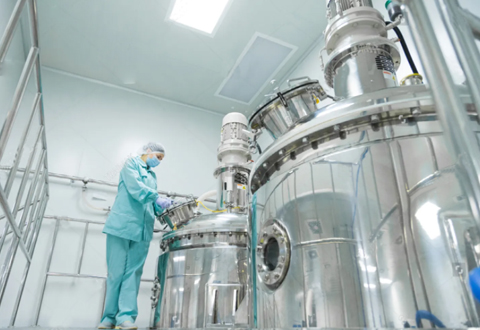
Show more
-
Storage tanks for pure water, milk, juice
Level measurement in edible liquid tanks such as purified water
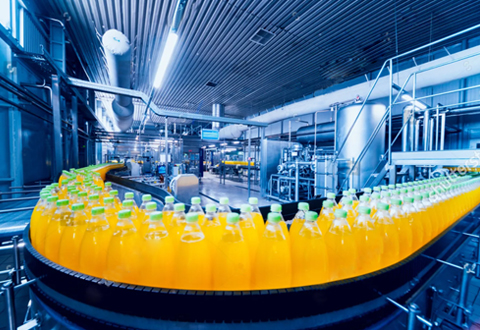
Show more
-
Storage tank for beer bottling
Level measurement in storage containers for beer filling
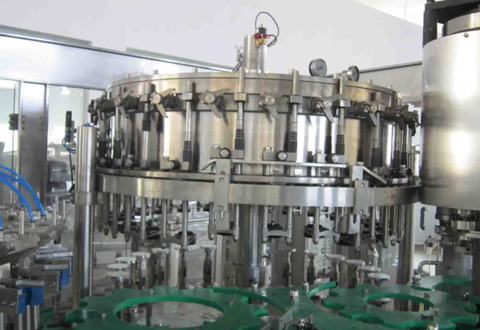
Show more
-
Water storage tanks
Level measurement in storage tanks
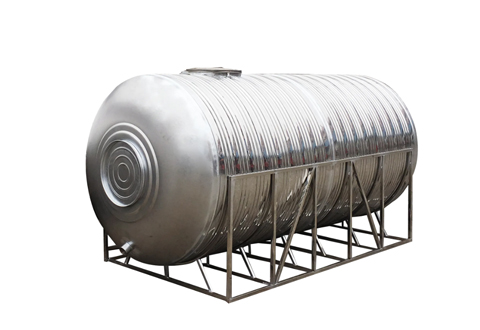
Show more
-
Non-invasive ultrasonic level sensor for spherical LPG tank
LPG tank level measurement
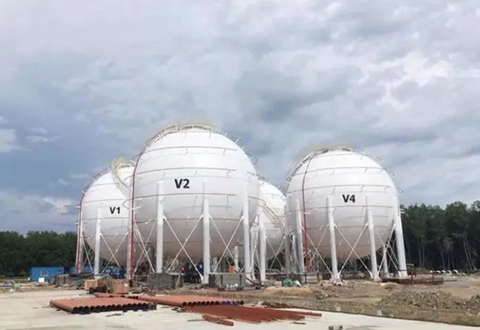
Show more
-
Level Measurement for Urea reactor
Level measurement in a urea reactor
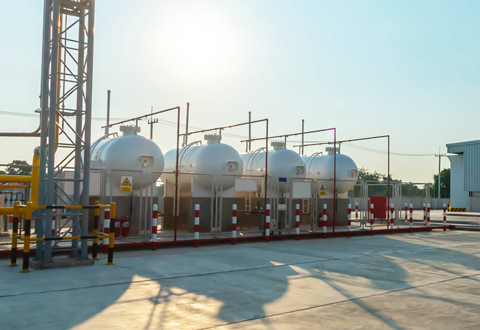
Show more
-
Ultrasonic level Tank level sensor for chemical solvents tank
Level measurement in chemical solvents tank

Show more
-
Storage tanks level sensor for toxic liquids tank
Level measurement in toxic liquid storage tank
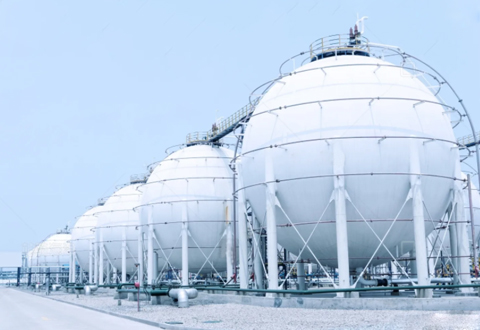
Show more
-
Propane Bullet Tanks
Level measurement in propane bullet spherical tank, LPG spherical bullet Tanks
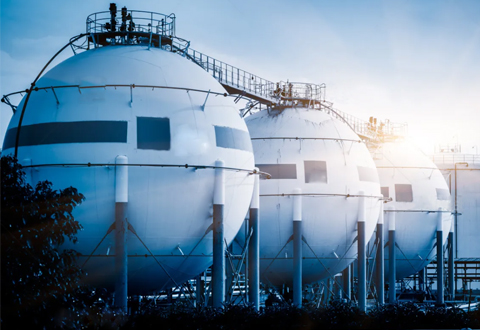
Show more
-
Fixed roof storage tanks
Measuring liquid levels in petroleum and liquid petroleum product of storage tanks

Show more
-
Acid slurry tanks
Level monitoring in acid residue tanks
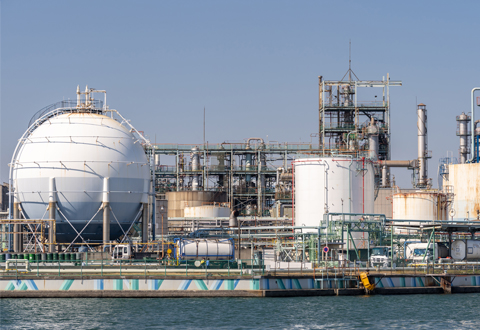
Show more
-
Anhydrous ammonia storage tank
Level measurement and point level detection in the anhydrous ammonia storage tank

Show more

 CN
CN